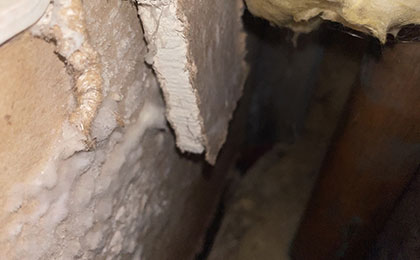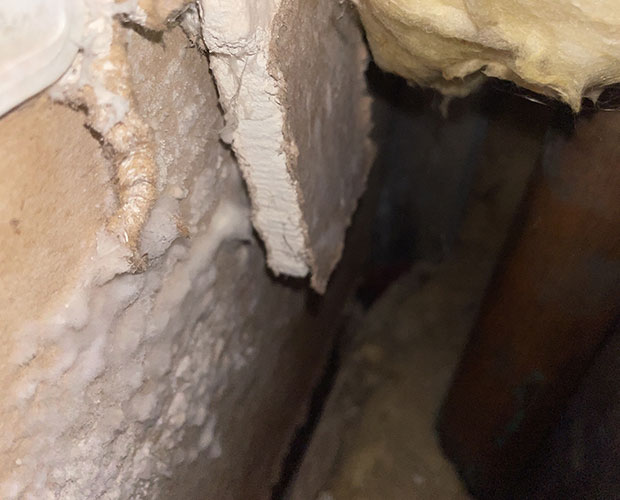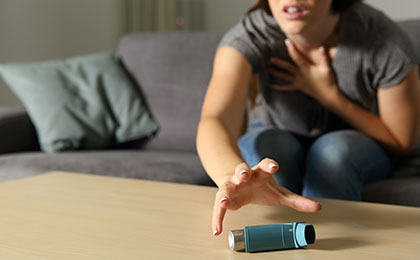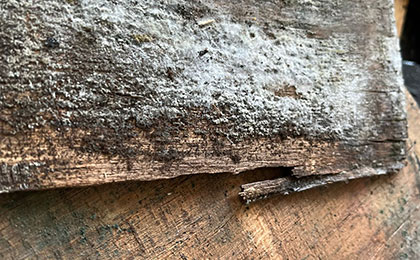
What Is White Mold? Is It Dangerous?
Ever spotted white fuzzy mold growing quietly in your home and wondered, "Is this stuff dangerous?" You're not alone. Many homeowners see pale patches on walls, carpets, or furniture and assume it's harmless dust or residue - but appearances can deceive.
White mold isn't always innocent. In fact, underestimating it could risk your family's health and your home's structural integrity. Before dismissing those white fluffy patches as minor issues, let's unpack exactly what white mold is, where it thrives, and most importantly - how seriously you should take it.
So, What Is White Mold?
White mold refers to a group of fungi that appear light-colored or powdery and thrive in damp, organic-rich environments. It's not a single species but a general term that includes molds like Penicillium, Aspergillus, and Sclerotinia. Indoors, white mold typically appears fuzzy, powdery, or chalky and spreads through airborne spores - especially in poorly ventilated or moisture-prone spaces.
You might notice white mold on walls, growing behind furniture or near windows. In crawl spaces and attics, it can thrive on insulation, plywood, or rafters, often going undetected for months. White mold on carpets or concrete surfaces may appear as soft, pale patches especially in basements.
What Does White Mold Look Like?
White fuzzy mold typically appears as soft, pale growth with a cotton-like or fluffy texture. It starts off bright white but can turn light gray, yellowish, or greenish depending on the surface it grows on. White fluffy mold often forms irregular patches or strands and can look powdery when growing on porous surfaces like wood, drywall, or fabric.
In humid environments, it can take on a slimy or web-like appearance, sometimes resembling mildew. It thrives in damp areas such as basements, bathrooms, and crawlspaces and emits a characteristic musty smell that signals its presence.
White Mold or Efflorescence?
Not sure if it's white fuzzy mold or efflorescence on your walls or brick surfaces? Here's how to tell quickly:
- Efflorescence is dry, powdery, and easily crumbles. It's a harmless mineral residue without any musty smell.
- White mold is fuzzy, powdery, or soft - common as powdery white mold on wood bricks, concrete. Unlike efflorescence, white mold on wood gives off a musty smell and can trigger health problems.
Quick Test: Sprinkle water on the area. Efflorescence dissolves, white mold doesn't.
If it's mold, act quickly to address moisture issues and prevent further growth.



Mold Remediation Services




